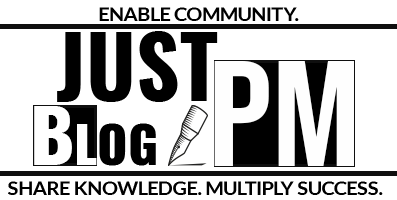Procuring is a critical phase in project management, ensuring that the necessary goods and services are acquired from external sources in a timely and cost-effective manner. This process involves a series of steps that ensure transparency, fairness, and efficiency.
Steps in Conducting Procurement Process:
- Preparation:
- Develop a clear procurement management plan outlining the approach and guidelines.
- Create procurement documents detailing the requirements and expectations.
- Sourcing Potential Vendors:
- Use advertisements, internet searches, and industry databases to identify potential sellers.
- Consider using bidder conferences to clarify requirements and answer potential vendors’ questions.
- Evaluation of Proposals:
- Use pre-defined selection criteria to evaluate proposals from potential vendors.
- Apply a scoring system or other evaluation techniques to rank vendors based on their ability to meet the project’s needs.
- Consider independent estimates to ensure the bids are reasonable and within the expected range.
- Negotiation:
- Negotiate with shortlisted vendors to finalize terms, conditions, and prices.
- Ensure that negotiations are transparent and fair, aiming for a win-win outcome.
- Contract Award:
- Once a vendor is selected, formalize the agreement with a procurement contract award.
- This contract should detail the scope of work, payment terms, delivery timelines, and other essential terms.
- Monitoring and Control:
- After awarding the contract, continuously monitor the vendor’s performance to ensure adherence to the contract’s terms.
- Address any discrepancies or issues promptly to avoid project delays or cost overruns.
- Closure:
- Close the procurement process once the goods or services have been delivered satisfactorily.
- This might involve final payments, contract reviews, and feedback sessions.
Benefits of a Well-Conducted Procurement Process:
- Cost Savings: Organizations can achieve significant cost savings by evaluating multiple vendors and negotiating effectively.
- Risk Mitigation: A structured procurement process helps identify and mitigate potential risks associated with vendors.
- Quality Assurance: By setting clear expectations and continuously monitoring vendor performance, organizations can ensure the quality of goods and services procured.
- Transparency and Fairness: A systematic procurement process ensures that all potential vendors are given a fair chance, and decisions are made transparently.
In conclusion, the procurement process is meticulous and requires careful planning, evaluation, and monitoring. By following a structured approach, organizations can ensure that they procure the best possible goods and services at the best prices while minimizing risks.


